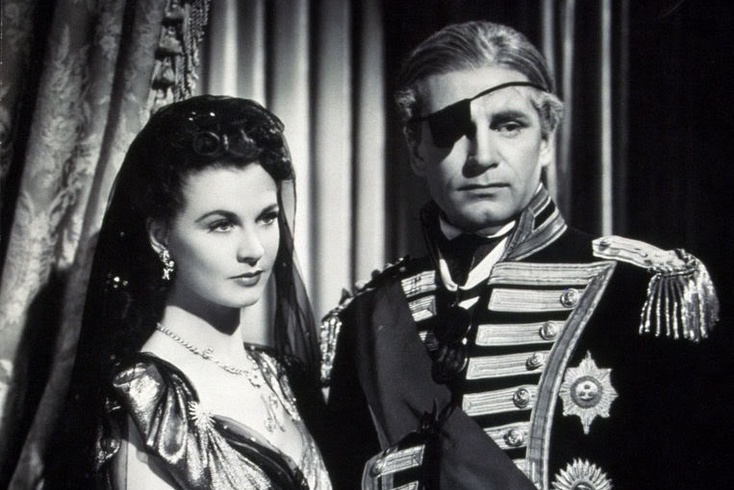Vice-Admiral Horatio Nelson, 1st Viscount Nelson, 1st Duke of Bronté, (29 September 1758 – 21 October 1805) was a British flag officer in the Royal Navy.
Wounded several times in combat, he lost one eye at the age of 36, and most of his right arm at the age of 40.
When 43 years of age, eyeless and armless, Nelson was dispatched to command the Battle of Copenhagen. Upon receiving a signal from his commanding officer, Lord Parker, ordering him to stop attacking the Danish fleet, he held up a telescope to his blind eye and said, “I do not see the signal.”
Nelson pressed on with the attacked and won.
Bonus fact: Nelson was crippled, blind in one eye, and often ill. His forte was in his unique ability to inspire and motivate his people; to bring the best out of them. This ability was, in his lifetime, called ‘The Nelson Touch’ and awarded him, after death, the publicity and fame that no other British commander. In Addition, he was a brilliant and bold strategist.
The ‘Nelson’s Touch’ influenced not only his men but Britain as a whole . To this day, Nelson’s flagship, HMS Victory, serves as the flagship of the Second Navy. The bullet from which Nelson was killed, his uniform during the battle, and even a strand of his hair, are displayed in various museums in Britain and around the world.
Nelson’s last words, according to Victoria’s doctor, were: “Thank goodness I have fulfilled my duty.” According to the doctor, Nelson repeated the sentence several times, until he could speak no more. According to others standing around him, including his personal servant and the ship’s economist, Nelson complained of the heat, thirst, and pain.
